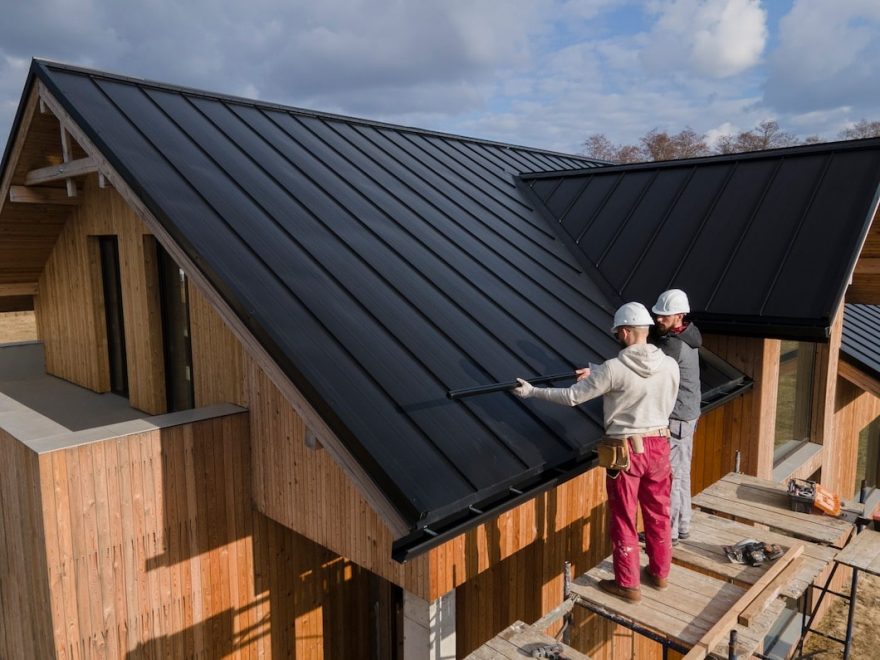Your roof is your home’s first line of defense against severe weather, and preparing it for storms is essential to protect your property and loved ones. Here are 14 valuable tips to storm-proof your roof and ensure it can withstand harsh weather conditions.
1. Regular Roof Inspections
Schedule regular roof inspections, ideally twice a year, to assess its condition. Look for damaged or missing shingles, cracked flashing, and any signs of wear and tear. Address any issues promptly to prevent them from worsening during a storm.
2. Secure Loose Shingles
If you find loose or damaged shingles during your inspection, repair or replace them immediately. Loose shingles can easily become dislodged by strong winds, leading to roof leaks and further damage.
3. Reinforce Flashing
Flashing is the material that seals the joints and transitions on your roof, such as around chimneys, vents, and skylights. Check for loose or damaged flashing and repair or replace it to ensure a watertight seal.
4. Trim Overhanging Branches
Overhanging tree branches can pose a significant threat during storms. Trim back any branches that hang over your roof to prevent them from falling and causing damage.
5. Clean Gutters and Downspouts
Clogged gutters and downspouts can lead to water buildup on your roof, increasing the risk of leaks and water damage. Clean them regularly to ensure proper drainage.
6. Install Gutter Guards
Consider installing gutter guards to prevent debris from accumulating in your gutters. This will help maintain proper water flow and reduce the risk of water damage during heavy rains.
7. Check Attic Ventilation
Proper attic ventilation helps regulate temperature and moisture levels, preventing ice dams in cold climates and excessive heat buildup in warmer regions. Ensure your attic has adequate ventilation to protect your roof’s integrity.
8. Reinforce Roof Decking
Inspect your roof’s decking for any signs of weakness or damage. Reinforce weak areas to provide additional support in case of heavy snow or other stressors.
9. Upgrade to Impact-Resistant Shingles
Consider upgrading to impact-resistant shingles that are designed to withstand hail and debris impact. These shingles can provide an extra layer of protection during severe weather.
10. Seal Roof Penetrations
Seal any roof penetrations, such as vents and chimneys, with appropriate sealant to prevent water from infiltrating your home during storms.
11. Secure Roof Accessories
Ensure that rooftop accessories, such as satellite dishes and antennas, are properly anchored to prevent them from becoming projectiles during high winds.
12. Reinforce the Roof’s Perimeter
Inspect the roof’s perimeter to ensure it’s securely fastened to the structure. Reinforce the edges to prevent wind uplift during storms.
13. Emergency Roof Repair Kit
Prepare an emergency roof repair kit with tarps, roofing cement, and nails. This kit can be invaluable for making temporary repairs during storm damage.
14. Consult a Professional
If you’re unsure about the condition of your roof or the necessary storm-proofing measures, consult a professional roofing contractor. They can provide expert guidance and perform necessary repairs or upgrades.
Conclusion
Storm-proofing your roof is a crucial step in safeguarding your home against severe weather. By following these tips and staying proactive in roof maintenance and repairs, you can minimize the risk of damage and ensure your roof can withstand even the most challenging weather conditions.
